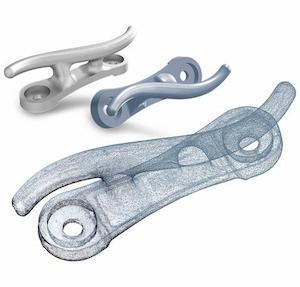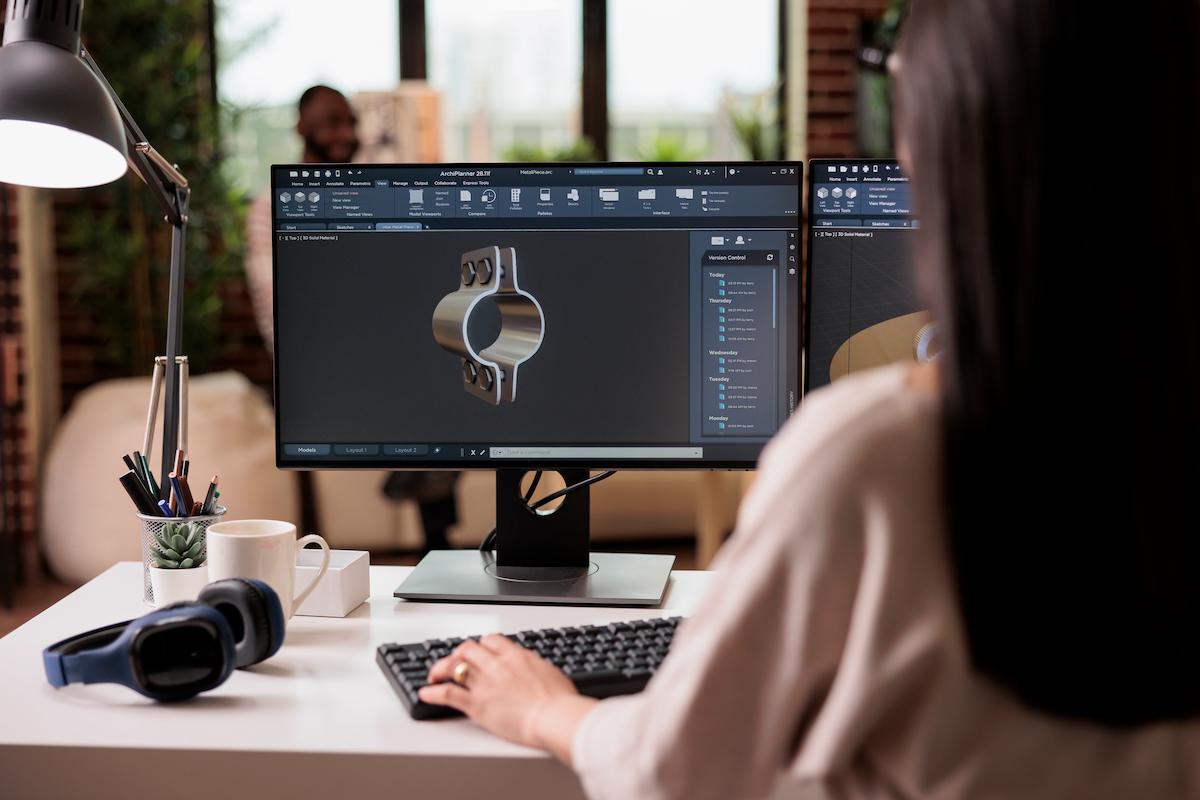Reverse engineering is an important practice which exists in many different types of industries and allows the study and correction of existing objects. The reverse engineering which has become more precise, faster, and user-friendly owes its creation to the 3D scanning technology. Digital Scan 3D, is the leader in 3D scanning solutions, provides both latest and cutting-edge scanners and software to help your reverse engineering projects go forward.
Understanding Reverse Engineering
Reverse engineering involves deconstructing a product to understand its design, architecture, and functionality. The primary goals of reverse engineering are to:
Traditionally, reverse engineering was a labor-intensive process, requiring manual measurements and disassembly. However, 3D scanning has revolutionized this process by providing a precise and non-invasive method to capture the geometry and details of objects.
The Role of 3D Scanning in Reverse Engineering
3D scanning captures the exact dimensions and features of an object, creating a digital 3D model. This model can be analyzed, modified, or replicated, providing a robust foundation for reverse engineering. Here’s how 3D scanning enhances reverse engineering:

- Accuracy and Precision: 3D scanners like the Kreon Arm 3D Scanner and Artec Space Spider deliver high-resolution scans, capturing even the minutest details. This precision is essential for ensuring that the recreated or modified product meets original specifications.
- Efficiency: Scanning an object is significantly faster than manual measurement. Scanners such as the Artec Leo, with its wireless and real-time processing capabilities, streamline the scanning process, saving valuable time.
- Non-Invasive: 3D scanning is non-contact, preserving the integrity of delicate or complex objects. The Artec Ray 3D Scanner, for instance, captures large objects or environments without physical interaction, making it ideal for sensitive or hard-to-reach areas.
- Versatility: 3D scanners can handle a wide range of objects, from small, intricate components to large industrial parts. The Artec Eva and Shapify Booth 3D Scanners exemplify this versatility, catering to various reverse engineering needs.
The 3D Scanning Process for Reverse Engineering
The process of using 3D scanning for reverse engineering involves several key steps:
- Preparation: Before scanning, the object is prepared to ensure optimal data capture. This may involve cleaning the surface or setting up a stable environment. However, Digital Scan 3D has some different technologies like Blue Light and Blue Laser which allows to 3D Scan highly reflective parts without apply any 3D Scanning Spray.
- Scanning: Using a suitable 3D scanner from Digital Scan 3D’s portfolio, the object is scanned to capture its geometry. The choice of scanner depends on the object’s size, complexity, and required detail.
- Data Processing: The scanned data is processed using advanced software such as Artec Studio Professional, Design X, Geomagic Control X and/or Polyworks QA Software. These tools align, clean, and convert the raw scan data into a cohesive 3D model.
- Model Refinement: The 3D model is refined and optimized for reverse engineering applications. This may involve editing the mesh, adding textures, or converting the model into a CAD format using software like Geomagic for SolidWorks or PolyWorks.
- Analysis and Modification: The refined model is analyzed to understand the object’s design and functionality. Modifications can be made to improve or replicate the original product.
Real-World Applications of 3D Scanning for Reverse Engineering
The benefits of 3D scanning for reverse engineering are evident across various industries:
Conclusion
3D scanning has revolutionized reverse engineering, offering unparalleled accuracy, efficiency, and versatility. Digital Scan 3D provides the tools and expertise needed to leverage this technology effectively. With state-of-the-art scanners like the Kreon Arm, Artec Leo, and Artec Space Spider, and powerful software solutions such as Artec Studio Professional, Geomagic Design X and Geomagic Control X, Digital Scan 3D empowers you to transform your reverse engineering projects.
Embrace the future of Reverse Engineering and Quality Assurance with Digital Scan 3D and unlock new possibilities for innovation and improvement.

